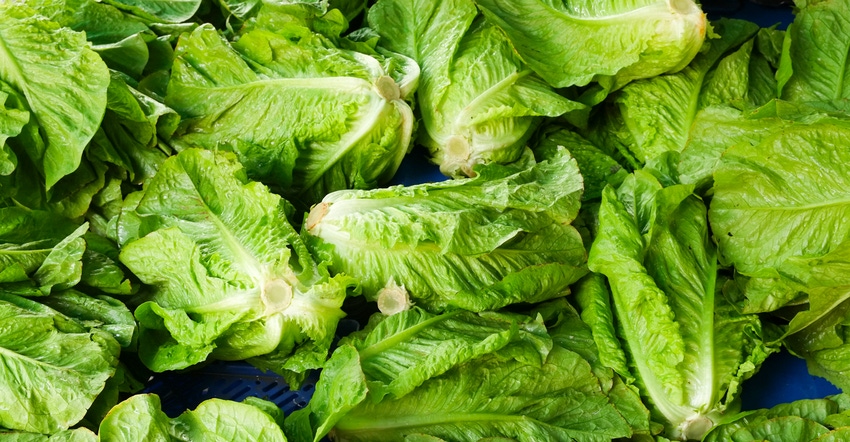
Food packages are crowded with labels these days, but there’s one label I wish I saw more often. It’s the Radura, the international symbol that shows food has been irradiated. The only place I’ve seen it recently is on dog food, so apparently consumers are more worried about food poisoning of pets than of people. If irradiation didn’t have such a scary name, maybe we could all be enjoying Caesar salads right now without worrying about our kidneys.
The food supply in the United States has a great safety record compared to the past and to many other countries. Even so, the Centers for Disease Control and Prevention estimates that one in six people in America get sick every year from a foodborne illness. Some of those illnesses are caused by viruses that aren’t killed by irradiation, but irradiation does kill the bacteria responsible for some of the worst disease outbreaks, E. coli and salmonella.

SIGN OF SAFETY: The Radura is the international symbol showing food has been irradiated, which helps kill disease-causing bacteria.

55-year-old process
Irradiation has been used on food in the United States since 1963, when the Food and Drug Administration first approved it to kill insects in wheat. In the 1990s, it was approved for use on poultry and red meat to kill pathogens, and in 2008 it was approved for use on spinach and iceberg lettuce. It’s been around long enough to prove itself safe, but consumers are still suspicious of irradiation and other advanced food treatment tools like cold plasma and pulsed electric fields.
Instead, I’m more cautious about proven food dangers like undercooked hamburger, raw eggs and lukewarm leftovers. Although certain family members claim I regularly try to burn their tongues, I am simply trying to ensure that solid leftovers are reheated to the recommended 165 degrees F and that liquids like gravy are brought to a rolling boil. I also use only pasteurized eggs in my homemade ice cream, I scrub my melons before I cut them and I fry my hamburgers well-done.
On the other hand, I’m willing to take some food risks for the sake of flavor. For instance, I want some live bacteria in my blue cheese and my apple cider. Sometimes the risk is worth the reward, but I’m pretty sure E. coli doesn��’t enhance the flavor of a salad.
Regulations should prevent relaxed standards
To irradiate food, processors use gamma rays, X-rays or electron beams, which kill insects and microorganisms without significantly changing the food’s nutritional content or causing it to set off a Geiger counter. Critics of irradiation argue that it would tempt producers and processors to relax sanitation standards, but that seems unlikely as long as existing food safety regulations remain in place.
Sometimes, despite our best efforts, pathogens lurk in our foods. When any food is produced, harvested, transported, commingled, processed, packaged, shipped and stored, it has multiple opportunities for contamination. With irradiation, we can zap those germs before they zap us.
Critics of irradiation also argue that it causes changes to food; but heat processing, otherwise known as cooking, actually causes more changes in nutritional content, flavor and texture. And boiled romaine lettuce doesn’t sound good, even with Caesar dressing.
About the Author(s)
You May Also Like




